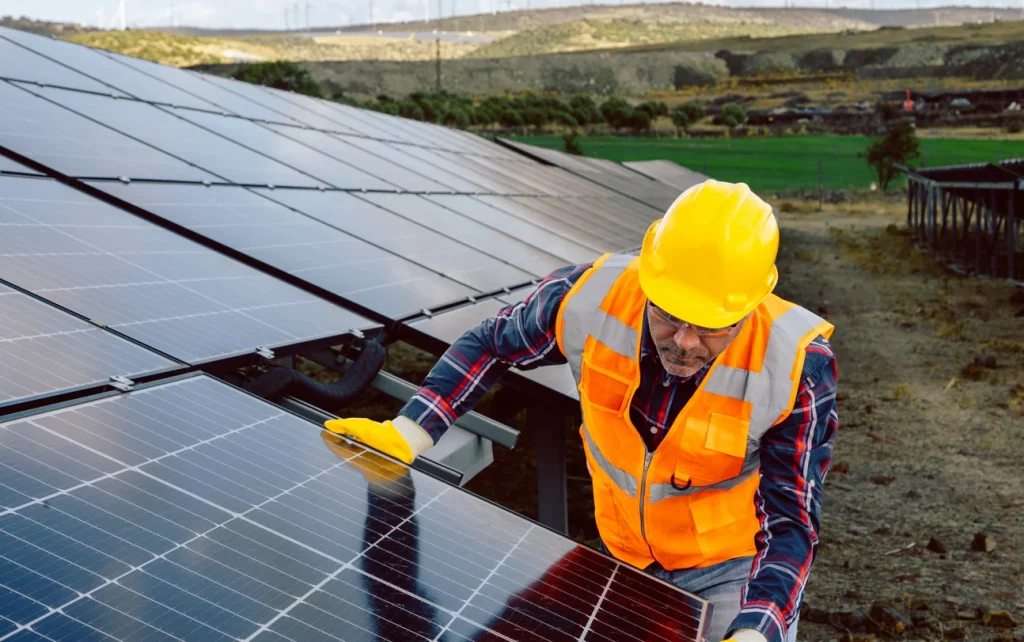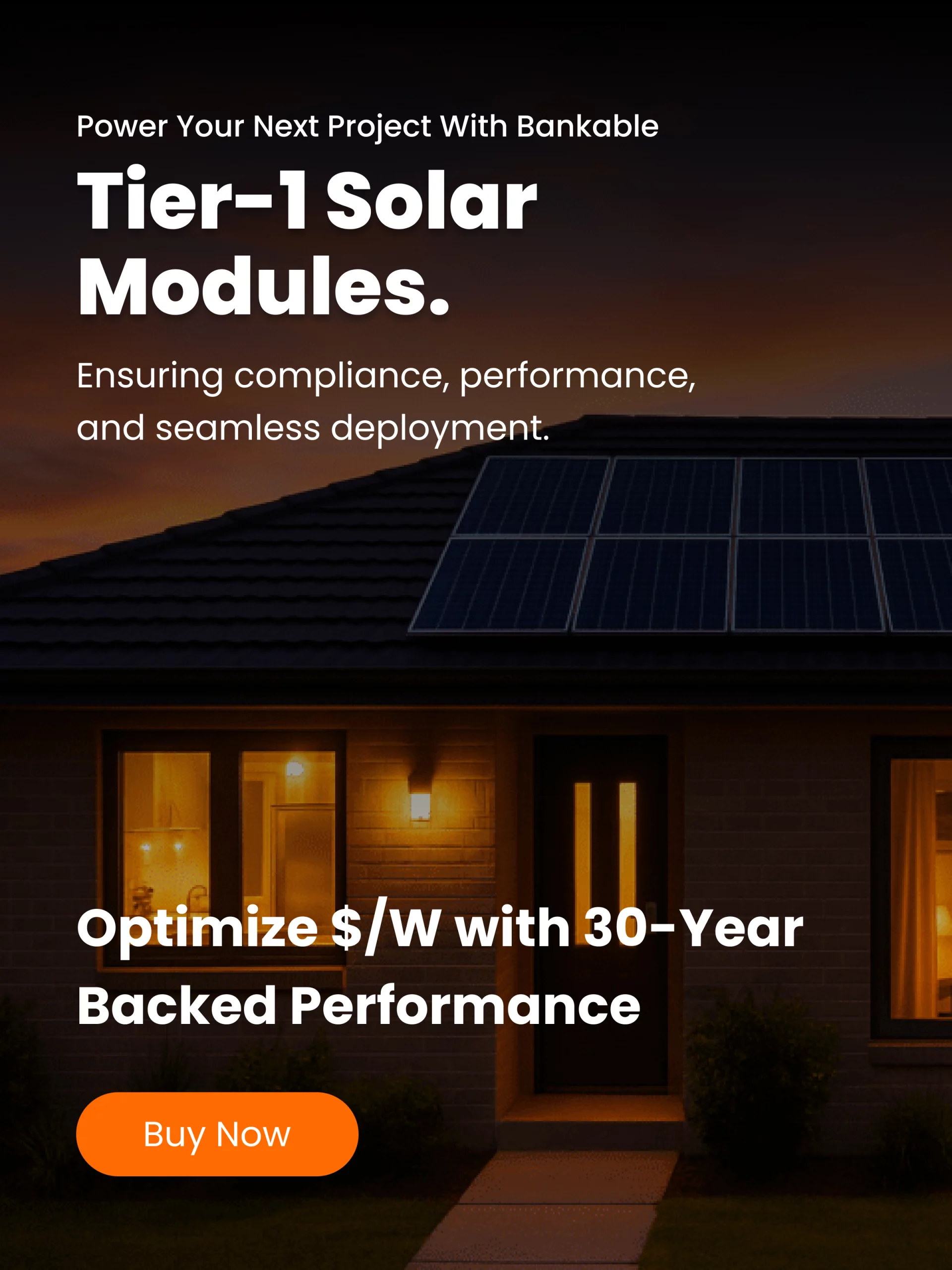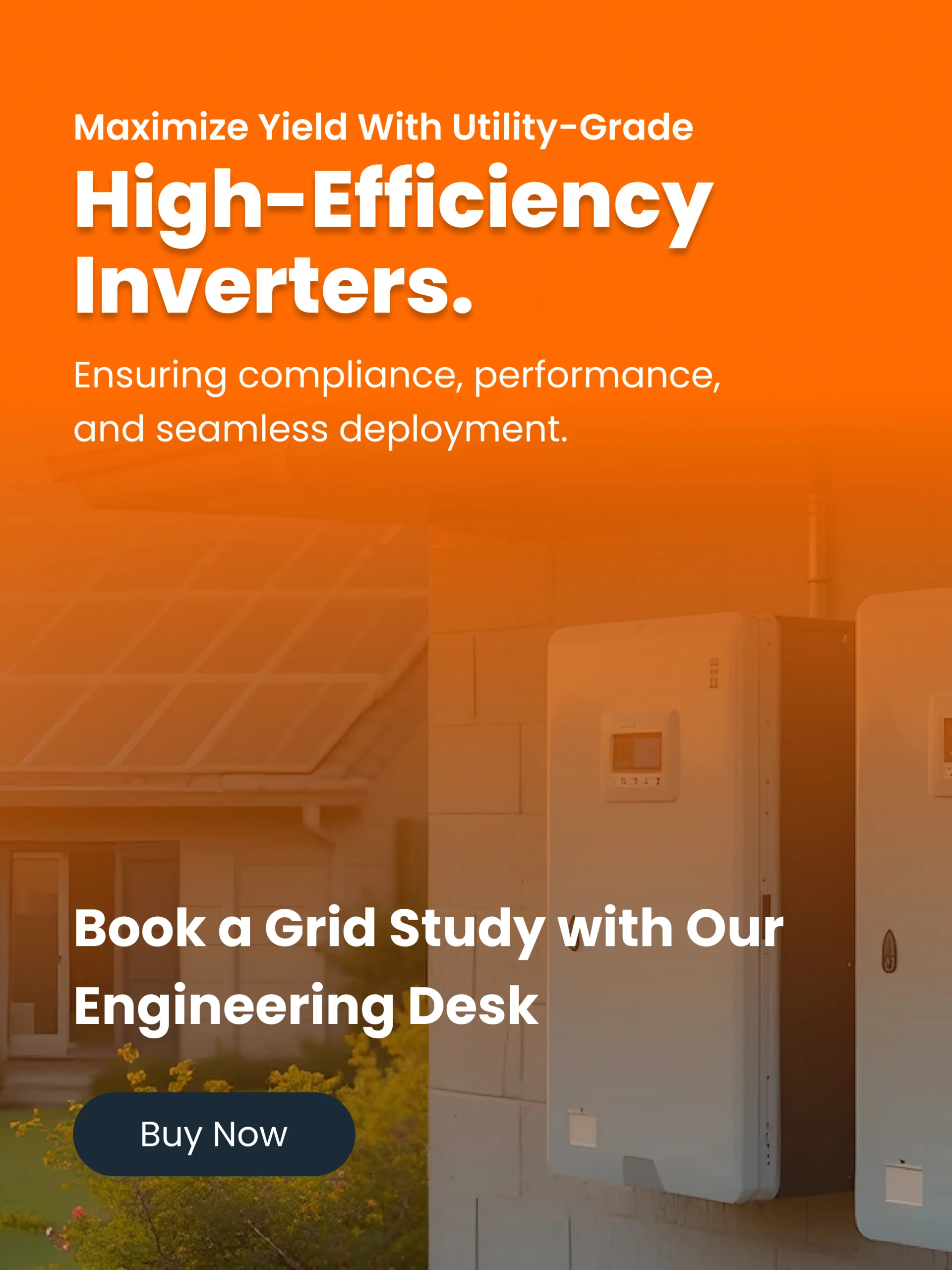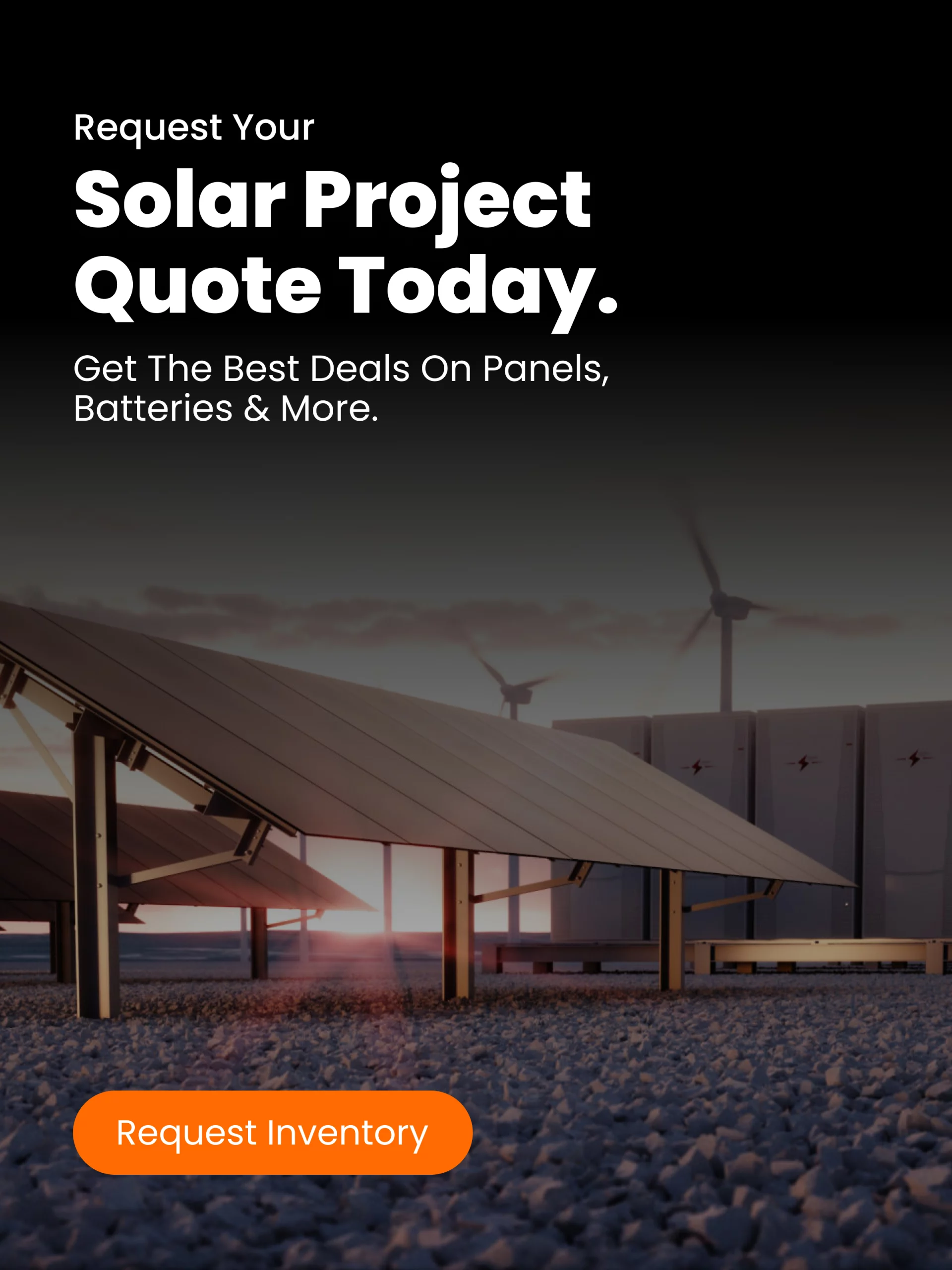As electricity rates climb and grid outages become more frequent, many homeowners are turning to renewable energy to gain more control over their power. Rather than waiting for broad change at the utility level, you can adopt renewable solutions directly.
The question is: which one makes sense for your home? The main options include solar, wind, geothermal, biomass and hydropower. Each has its strengths and drawbacks and not all are equally suited to a typical U.S. residence.
How Each Major Renewable Energy Type Works
Here is a breakdown of the top renewable energy options for homes, what they do and where they might fit.
| Energy Type | How It Works | Key Advantages | Key Disadvantages |
|---|---|---|---|
| Solar (photovoltaic) | Sunlight hits PV panels, which convert the light into direct current (DC) electricity; inverter changes it to alternating current (AC) for use in home | • Very suitable for most homes • Reduces electricity bills • Federal 30% tax credit available • Low maintenance | • Up-front cost still significant • Roof angle and shading matter • Recycling of panels is still developing |
| Wind energy | A turbine captures kinetic energy from wind and converts it to electricity | • Low operating cost • Large generation potential in rural/windy areas | • Needs large space and consistent wind • Noise and visual concerns • Typically not viable for suburban homes |
| Geothermal energy | Heat from beneath Earth’s surface extracted to power heat pumps or generate steam for electricity | • Reliable 24/7 output • Excellent for heating/cooling | • Very high installation cost • Only geographically viable in certain regions • Limited electricity production scale for homes |
| Biomass energy | Organic materials (wood, agricultural waste, algae) burned or processed to produce heat/electricity | • Converts waste into energy • Consistent output if fuel is available | • Not practical for most homes • Some emissions remain • Fuel transport/storage adds cost |
| Hydropower | Flowing or falling water spins turbines to generate electricity | • Consistent, large-scale power • No emissions during operation | • Not suitable for typical homes • Infrastructure cost high • Ecosystem impacts |
Why Solar Emerges as the Top Choice for Many Homeowners
Although all these renewable sources have potential, for most homes one stands out: solar. The data show that while wind, geothermal and biomass can work in certain settings, they bring practical limitations for typical residences. Solar panels can be installed on the roof or in the yard, require no fuel handling, connect easily to existing systems and the economics and incentives in 2025 are favorable.
Here are some specific reasons solar often wins
Flexibility: Solar systems scale well for homes of many sizes.
Incentives: The 30% federal tax credit for many residential solar systems makes the investment more affordable.
Ease of installation: No major drilling (unless paired with geothermal), no huge turbines, no large fuel storage.
Independence from location: Most homes in the U.S. receive enough sunlight for solar to make sense; wind or geothermal often depend on unique conditions.
Low maintenance: Once installed, solar PV systems tend to require minimal upkeep.
What Homeowners Should Consider Before Choosing
While solar looks like a front-runner, you still want to evaluate carefully. Here are key questions and factors:
Sunlight and shading: How much sun does your roof or site receive? Are there trees or structures causing shade?
Roof structure and orientation: Is the roof strong enough? Is it angled appropriately for solar exposure?
Budget and financing: Can you pay upfront, or will you use a loan, lease or power purchase agreement?
Incentives: Which federal, state and local credits, rebates or net-metering programs apply in your area?
Storage needs: Do you want solar just for daylight electricity, or backup during outages (which likely requires batteries)?
Long-term value: Your solar system should ideally last 20-30 years or more. Warranties, degradation rates and installer quality matter.
Compatibility with other systems: If you have or plan a heat pump, EV charger or battery storage, ensure your solar system aligns with those uses.
How Costs and Benefits Play Out
To better understand what your savings and payback might look like, here is a simplified table of typical funding and result patterns.
| Metric | Typical Range or Situation |
|---|---|
| Up-front cost (pre-incentive) | Varies widely by home size, location and roof; solar is in many cases the most cost-effective renewable for homes. |
| Federal tax credit | 30% of equipment & installation cost (for many systems eligible in 2025) |
| Payback period | Often ranges 5-10 years or more depending on local electricity rates, incentives, system size and usage. |
| System lifespan | Many solar panels carry performance warranties for 25+ years; actual useful life may extend beyond that. |
| Monthly savings | Depends on system size vs home consumption, local electricity rates, net-metering terms, etc. |
Common Questions Answered
Will solar still work on cloudy days?
Yes. Solar panels still generate electricity from diffuse sunlight, though output is reduced. If paired with battery storage, you can also draw from stored energy when panels aren’t producing.
Can I combine solar with other renewables or storage?
Definitely. Solar works well with home batteries, smart energy management, heat pumps or EV chargers. Some incentives cover combinations of systems.
What about other renewables like wind or geothermal for my home?
They can work, but typically under special conditions. For wind, you need sufficient consistent wind and space for a turbine. For geothermal you need suitable local geology and higher installation cost. For most homes the easiest and most cost-effective path is solar.
Final Take
If you are a homeowner looking to upgrade your energy profile in 2025, renewable energy is a great path. Among the options, solar energy stands out for practicality, cost-effectiveness and adaptability for typical residences. It empowers you to reduce your electricity bills, gain more energy independence and contribute to sustainability.
Other renewable sources such as wind, geothermal, biomass or hydropower each have their place. But for the average home they typically involve larger constraints: higher cost, more space, specialized conditions or less direct support.
Start by evaluating your home’s suitability for solar, reviewing incentives, and estimating your energy usage and savings potential. With the right system, you can turn your roof into a power station, avoid unpredictable utility rate jumps and build long-term value for your home.




